When they ask us which city name best suits their way of being, we always think of Faro, one of the southernmost towns in Portugal. The light floods every corner of its streets, cheering its inhabitants and the travelers who drop by. Its charm reaches such a degree that it is the third most visited city in the country. A recognition that does not surprise us at all.
Faro is the capital of the Algarve, one of the favorite regions in summer. However, this city receives more tourism the rest of the year, thanks to a cultural heritage where the traces of various civilizations merge.
Its origin dates from the 3rd century BC. and it was an important commercial epicenter in the area during the Roman Empire. Later, during the Muslim period, the defenses were reinforced with a new wall of which a gate is still preserved. Already in 1249, King Alfonso III of Portugal conquered Faro, which became the capital of the Algarve in 1830.
The cultural treasures that the Old City
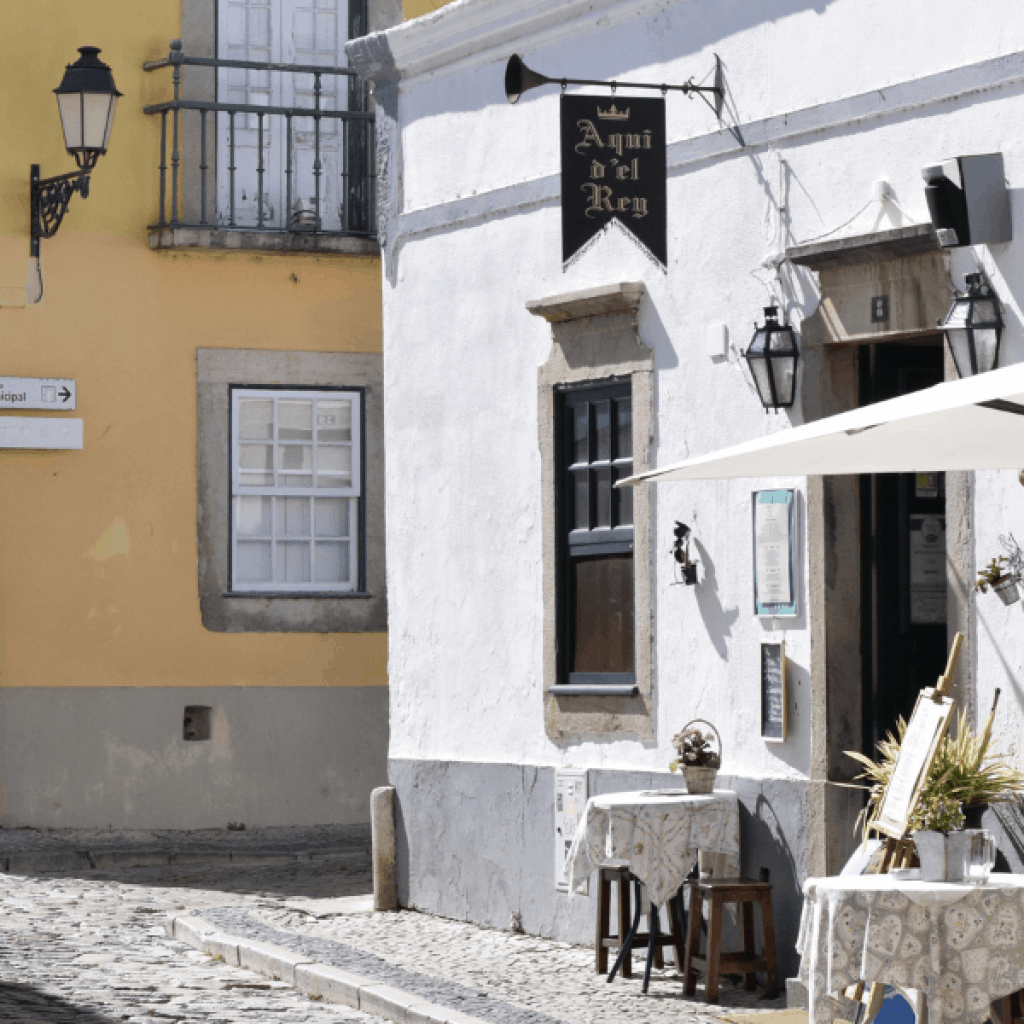
This is how the historic center of the city is known, where there are many cobbled streets and whitewashed houses or with the characteristic Portuguese ceramics. It is worth getting lost here and discovering the soul that makes Faro such an attractive destination.
Walking through its narrow streets, we will reach the widest area of Largo da Sé, where the Cathedral. It is worth going up to the bell tower and enjoying the views it offers us of the entire city and the Ria Formosa. In case you don't know, there are more Bone Chapels in PortugalApart from the fact that it is located in Évora. One of them is in Faro, within the enclosure that belongs to the Church of Nossa Senhora do Carmo, next to the Cathedral. Hundreds of skulls are superimposed on the walls and ceiling of the chapel, giving a creepy but very curious look.
To continue discovering the culture of Faro and its influence on the history of Portugal, you cannot miss the city museum, inside the old convent of Nossa Senhora da Assunçao.
As a clue to get to the historic center, you should know that it is largely delimited by the medieval wall. Unfortunately, a good part was lost in the 1755 earthquake, but some features still remain, such as the aforementioned door from the Muslim era. One of the remaining parts overlooks the estuary, so we recommend you go there to walk between history and nature.
The natural environment of the Ria Formosa
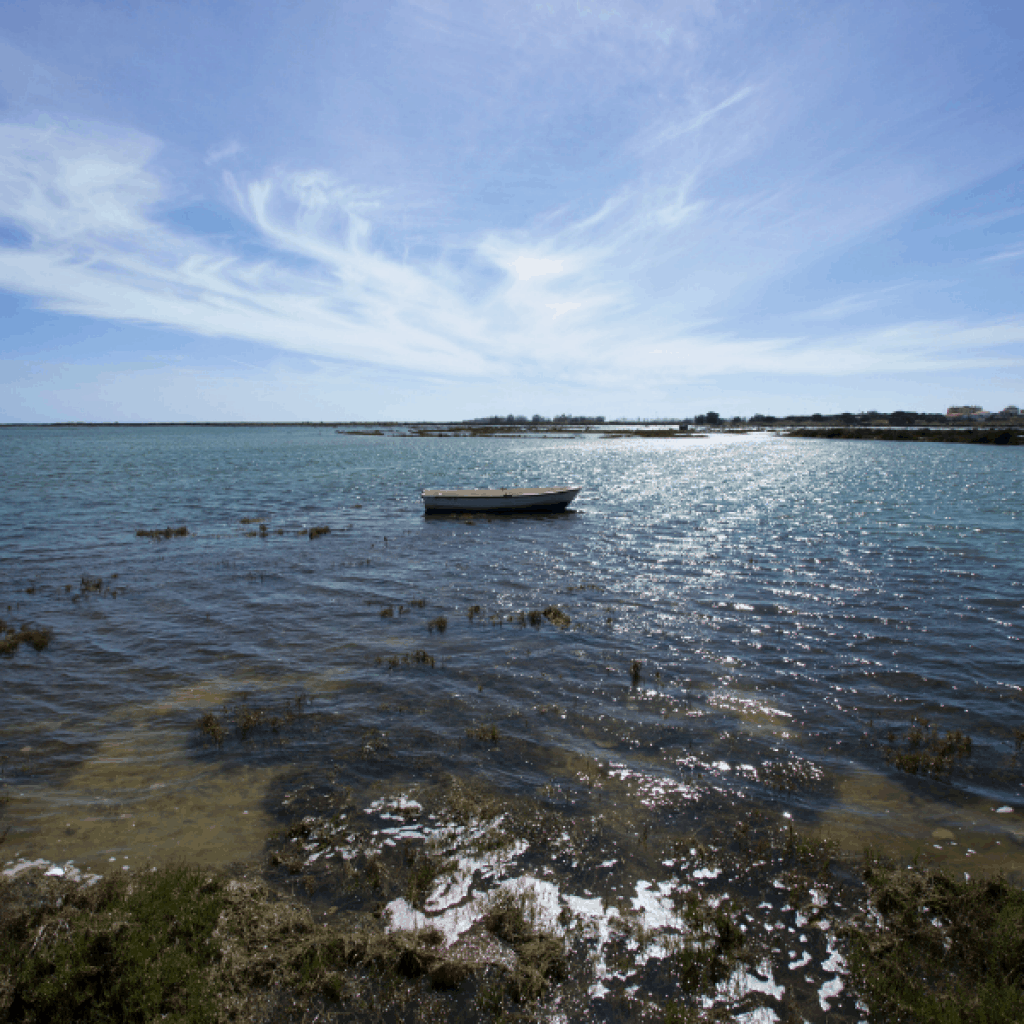
Once we have visited the center of Faro, we will go to its natural jewel: the Ria Formosa Natural Park. The offer of this place is very complete in its 60 km of extension between Faro and Tavira. Nature lovers can do all kinds of activities such as walking or cycling, bird watching or kayaking. And, of course, go to rest on the beach.
In the case of Faro, travelers usually go for the cultural offer and choose the nearby municipalities to sunbathe and bathe. However, the capital of the Algarve also has its own beaches. In the Culatra island There are some of them, with the possibility of bathing in the estuary or in the Atlantic, depending on the area you go to. You can go by boat from the surroundings of the city.
How to visit Faro, in Portugal, with a motorhome?
To complete our advice before going to Faro, we are going to tell you where you can spend the night with your motorhome, caravan or camper. At Áreas Autocaravanas we have a new space in the Algarve. Is about Mikki’s Place to Stay.
The owners of this space are lovers of art and nature, because the offer that they offer you in their facilities is perfect for those who want visit Faro for that combination of possibilities.
Between route and route, at Mikki’s Place to Stay you can participate in all kinds of artisan workshops, activities in the middle of nature or bathe in its pool.
Surely you will fully enjoy this plan that we propose in the Portuguese Algarve.

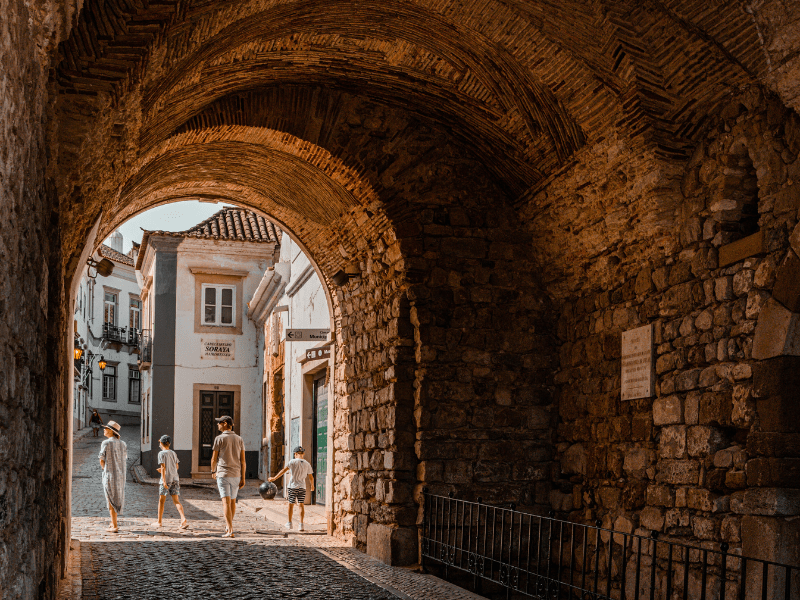


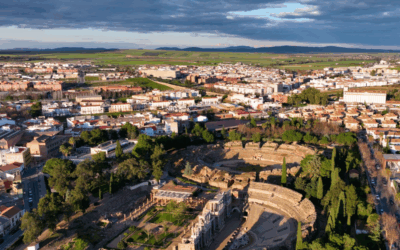
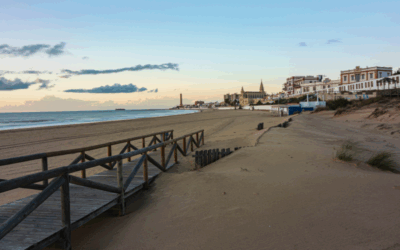


0 comments